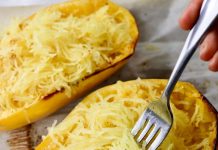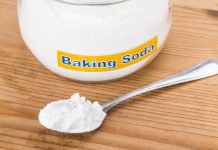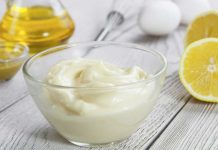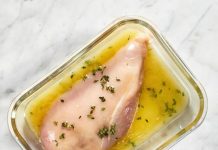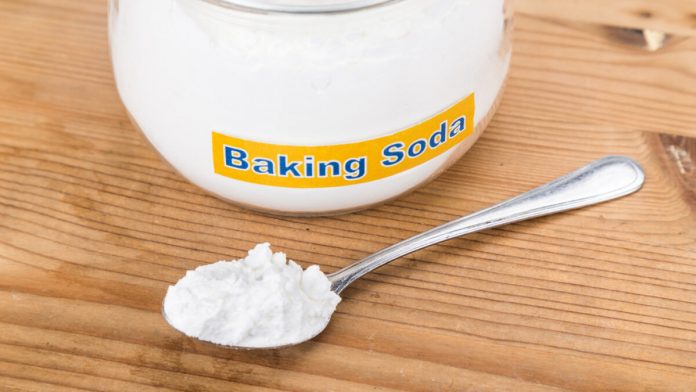Baking pop, otherwise called sodium bicarbonate, is a storeroom staple that virtually all cooks will connect with a certain something — baking. That is on the grounds that baking soft drinks have been generally utilized as a raising specialist since first being created in the US in 1846, per Smithsonian Magazine.
Nonetheless, normally happening types of baking pop, for example, natron, have been utilized for different undertakings by human developments for centuries. In Old Egypt, natron was utilized for the production of glass, as a medication, and in the embalmment cycle, as revealed in Revue Histoire de la Pharmacie. Baking soft drink is as yet utilized for different purposes, including both cleaning and aerating.
Given its set of experiences as a very diverse thing, it’s to some degree astonishing that baking soft drinks have been utilized in a particularly solitary job in many kitchens, particularly in light of the fact that baking soft drinks can change many cooking processes, bringing about more limited broiling times, further developed surfaces, and undeniably more adjusted sauces. To be sure, baking soft drink is very flexible, yet it has been criminally underused inside the culinary setting. While trying to right this off-base, we have grouped a rundown of less popular ways of utilizing baking soft drinks inside your kitchen to work on your dishes and get this raising specialist the gastronomic regard it merits.
1. Soften meat
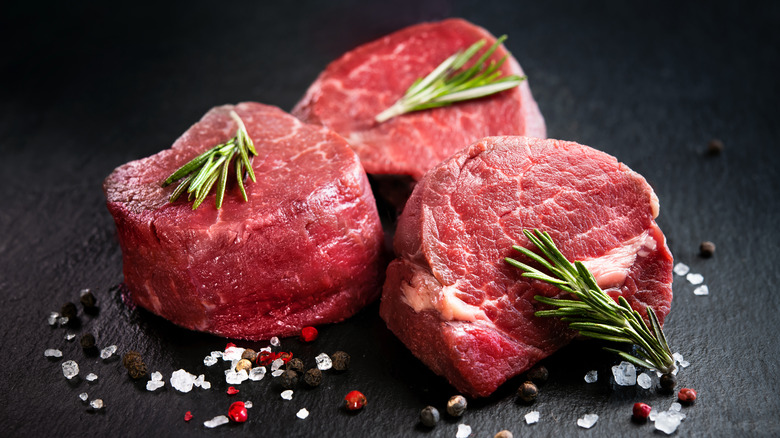
At this point, baking soft drinks’ capacity to mellow vegetables has been all around clarified. Nonetheless, baking soft drinks’ abilities to soften are not restricted to vegetables alone; the cunning storage space staple can likewise be utilized to soften the hardest of meats.
Absorbing meat an answer of water and baking soft drinks will change the outer layer of the meat by making it basic. In any case, rather than separating underlying particles — as a high pH does to establish matter — the meat is mellowed because of the soluble climate denaturing proteins on its surface. Eventually, this keeps the proteins from clinging to each other when presented warm, meaning the meat doesn’t shut everything down and harden. This guarantees that the meat stays delicate all through the cooking system.
The method involved with softening meat using a soluble arrangement is the most ideal for more modest cuts of meat, like portions of steak. This is on the grounds that more modest cuts have a bigger surface region to volume proportion, guaranteeing a more prominent extent of the meat’s protein becomes denatured. This will bring about the entire cut feeling delicate. In any case, The Washington Post reports that huge bits of meat can be softened by applying a baking soft drink straightforwardly onto the meat, similar to a zest rub. The meat ought to subsequently be passed on to rest prior to cooking. This strategy is likewise a viable approach to changing less expensive cuts of meat, like knives, from extreme to delicate.
2. Make simmered potatoes crispier
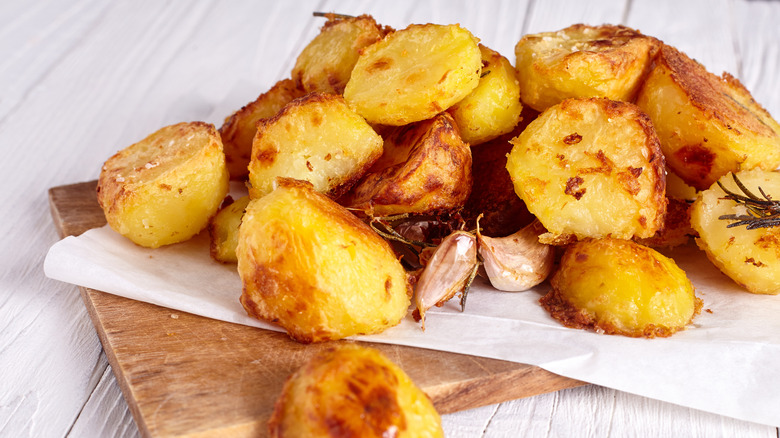
The capacity of baking soft drinks to debilitate and separate gelatin — primary particles found in the cell walls of plants — can be utilized to help many dishes and fixings. As featured in The New York Times, adding a baking soft drink during the parboiling phase of broiling potatoes will guarantee that the potatoes have very fresh outside after leaving the broiler.
This is on the grounds that baking pop, as a basic item, raises the water’s pH level. The soluble pH levels then, at that point, cause the gelatin in plant cell walls to separate — in this occurrence on the potato’s surface (per Food Science: X). As the gelatin separates, the outer layer of the potato becomes gentler, taking on a cushioned and more finished appearance. After soaking with bubbling fat and throwing generally, this mellowed surface becomes shrouded in a thick potato and fat slurry. This slurry will change during the simmering time frame, ultimately shaping a wonderful, fresh, brilliant covering.
3. Strip bubbled eggs simpler
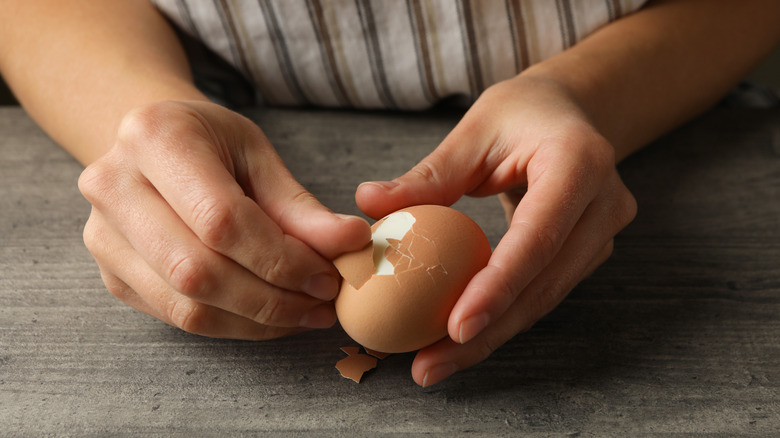
Inadvertently tearing hunks from your egg as you endeavor to strip it is maybe quite possibly of the most disappointing second many home cooks face. Record reports that the eggs that will generally be hard to strip are newly laid ones. This is on the grounds that newly laid egg whites — known as the egg whites — contain carbon dioxide, it is somewhat acidic to mean the egg whites. While not an issue all by itself, the acidic idea of newly laid egg whites makes it tie firmly with the keratin present in the egg’s inward film. This tight bond makes pieces of cooked egg whites be ripped off as you strip your egg.
While carbon dioxide spills through the shell as the egg ages — consequently making sense of why more seasoned eggs are simpler to strip — the pH of the egg whites can be falsely raised by heating up the egg in a baking pop and water arrangement (by means of Day to day Mail). This guarantees that the white doesn’t bond as immovably with the keratin present in the internal layer of the shell, speculatively bringing about a bubbled egg that is a lot more straightforward to strip.
4. Balance corrosiveness in sauces
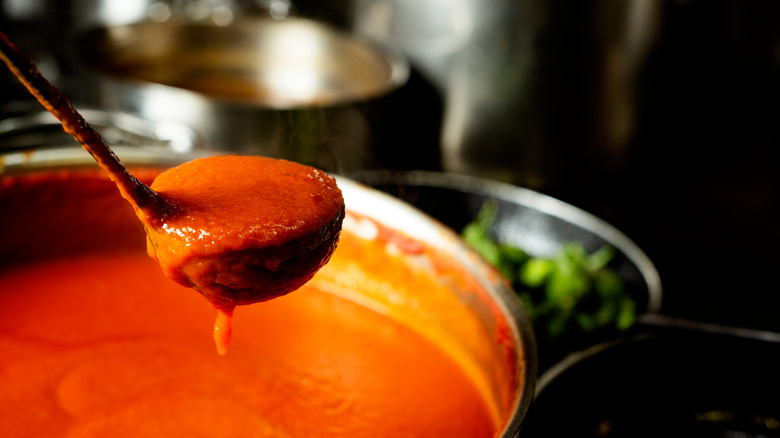
Exemplary gastronomic preparation recommends there are two principal ways of offsetting an excessively acidic sauce: through the expansion of sugar or the expansion of fat (per Food and Wine). Notwithstanding, adding these parts — while limiting the impact of acids — likewise changes the flavor and surface of your whole dish.
Then again, baking soft drinks can be utilized to neutralize sharpness without influencing the sauce differently. Whenever utilized accurately, the baking soft drinks won’t grant flavor as sugar does, nor will they influence surface or taste in the bunch of ways fat does. Rather, the baking soft drink will essentially raise the pH of an acidic sauce more like seven, the mark of nonpartisanship.
Obviously, this interaction isn’t altogether without its dangers. The expansion of a lot of baking soft drinks can bring about the production of a very upsetting harsh delayed flavor impression that will destroy your last dish. Thusly, it is crucial to add a baking soft drink to your sauce gradually and consistently taste as you go.
5. Help bean cooking and assimilation
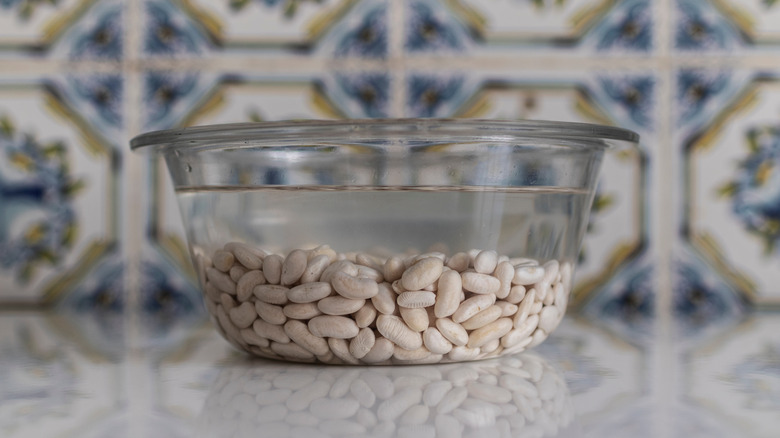
An investigation performed featured what the pH of a cooking fluid can mean for the cooking season of beans and vegetables. Just adding 1% of baking pop — by weight — to 5 cups of water made the cooking time for dark beans decisively fall when contrasted with the time it took to relax beans cooked in nonpartisan (pH7) or acidic water.
The bean’s cooking time is essentially diminished because of a basic logical collaboration. As Dr. Fellow Crosby, science supervisor of America’s Test Kitchen makes sense, a basic climate makes the gelatin particles separate into more modest atoms that enormously debilitates the gelatin making the beans relax considerably more quickly. Beans cooked with a little measure of baking soft drink added to the cooking water cook in about a fraction of the time as beans cooked without.
In any event, absorbing beans’ basic water has its advantages as the pH helps separate oligosaccharides, sugars that people can only with significant effort digest. This outcome is a decrease in bulging and farting that many experienced while first taking on an eating regimen weighty on beans and vegetables (through Wellbeing Review).
6. Help to brown bagels
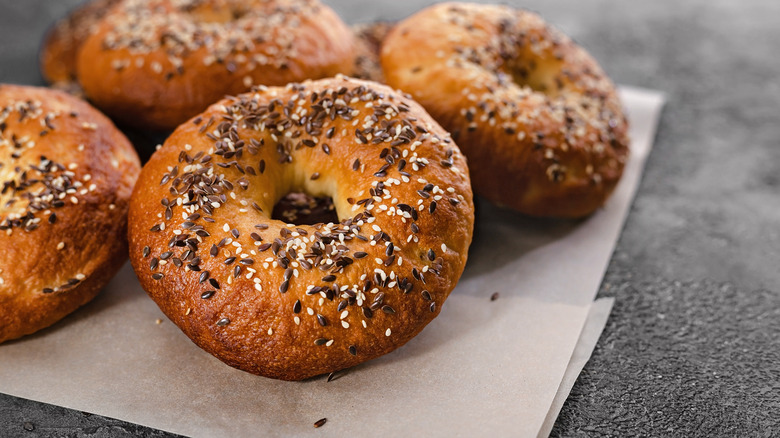
Home dough punchers have long mourned the absence of a rich, chewy, and dim brilliant earthy colored covering on their pretzels and bagels. In any case, contrasting home-heated merchandise and those from a pastry shop isn’t completely fair. This is on the grounds that proficient pastry specialists and makers accomplish this brand name tone and surface using lye, an unsafe, poisonous, and very soluble item, as revealed by The New York Times.
The Diary of Farming and Food Science features that basic circumstances — lye have a pH level somewhere close to 13 and 14 — accelerate the Maillard response, the complicated cycle wherein proteins and sugars are changed by heat, bringing about flavors, smells, and different peculiarities like sautéing. The explanation of soluble conditions or items, for example, lye accelerates this response on the grounds that they permit amino acids and sugars to communicate on a more continuous premise.
Baking soft drink has a pH of eight, which, albeit much lower than lye, actually makes it soluble. In that capacity, bubbling bagels in water blended in with baking soft drinks help accelerate the Maillard response and accomplish a very much seared bagel. This cycle can be fairly improved by heeding the guidance of cooking-science pioneer Harold McGee, who suggests simmering the baking soft drink on the stove first. This will think about its properties and take its pH nearer to lye, despite the fact that it will turn out to be somewhat more unsafe accordingly.












